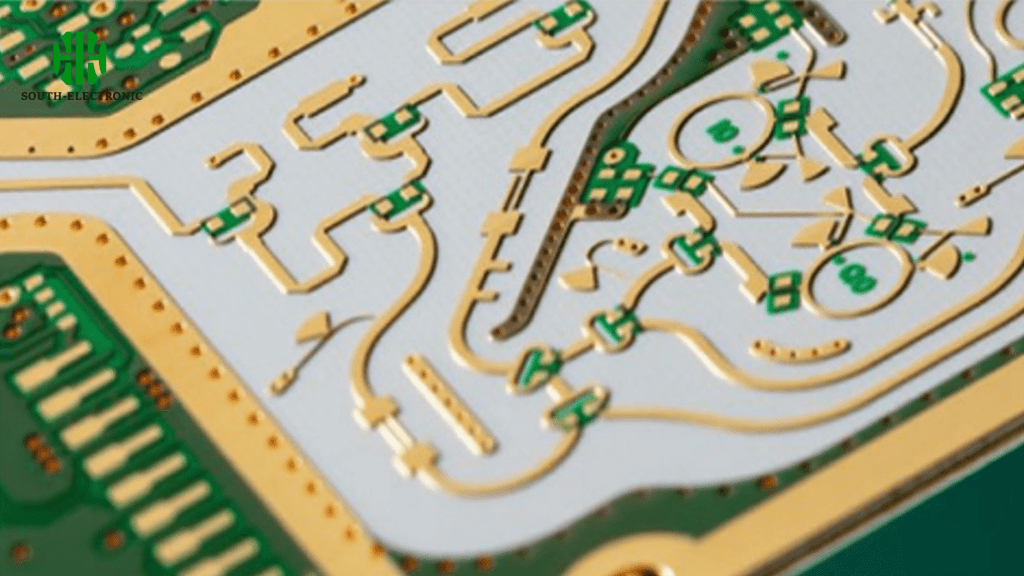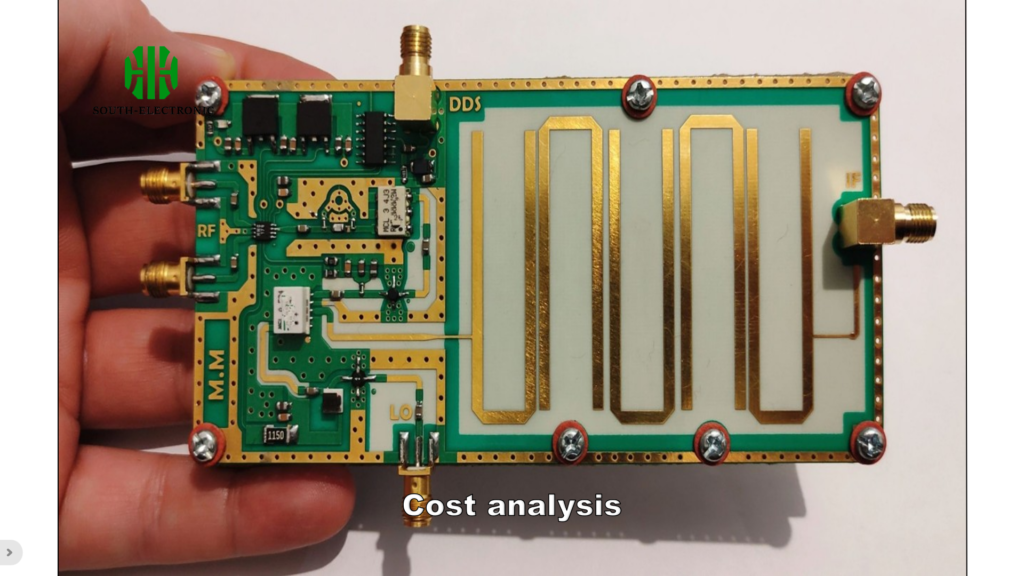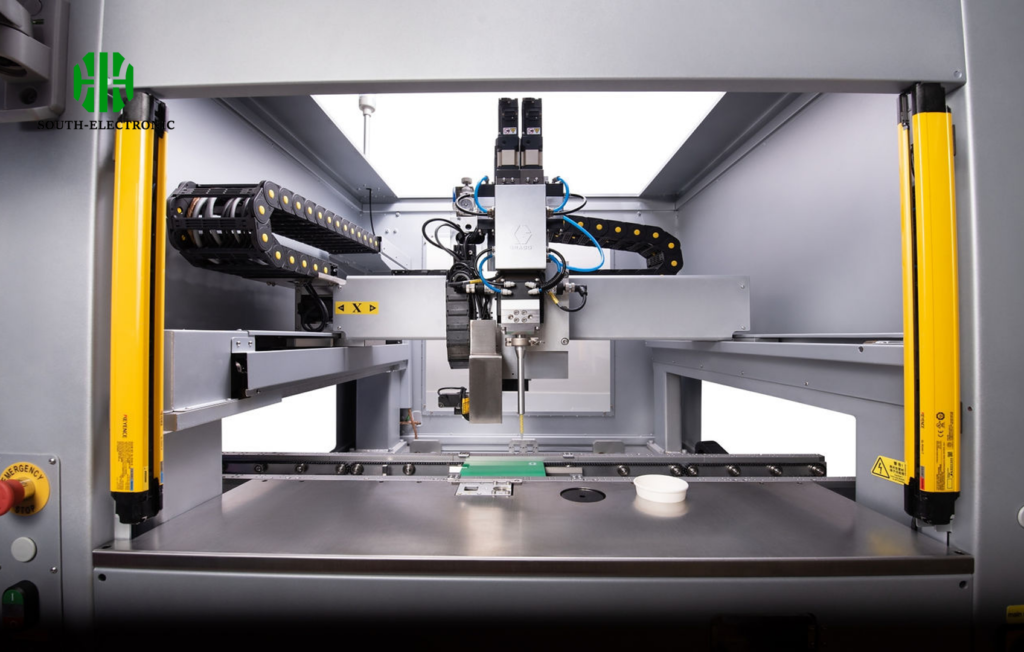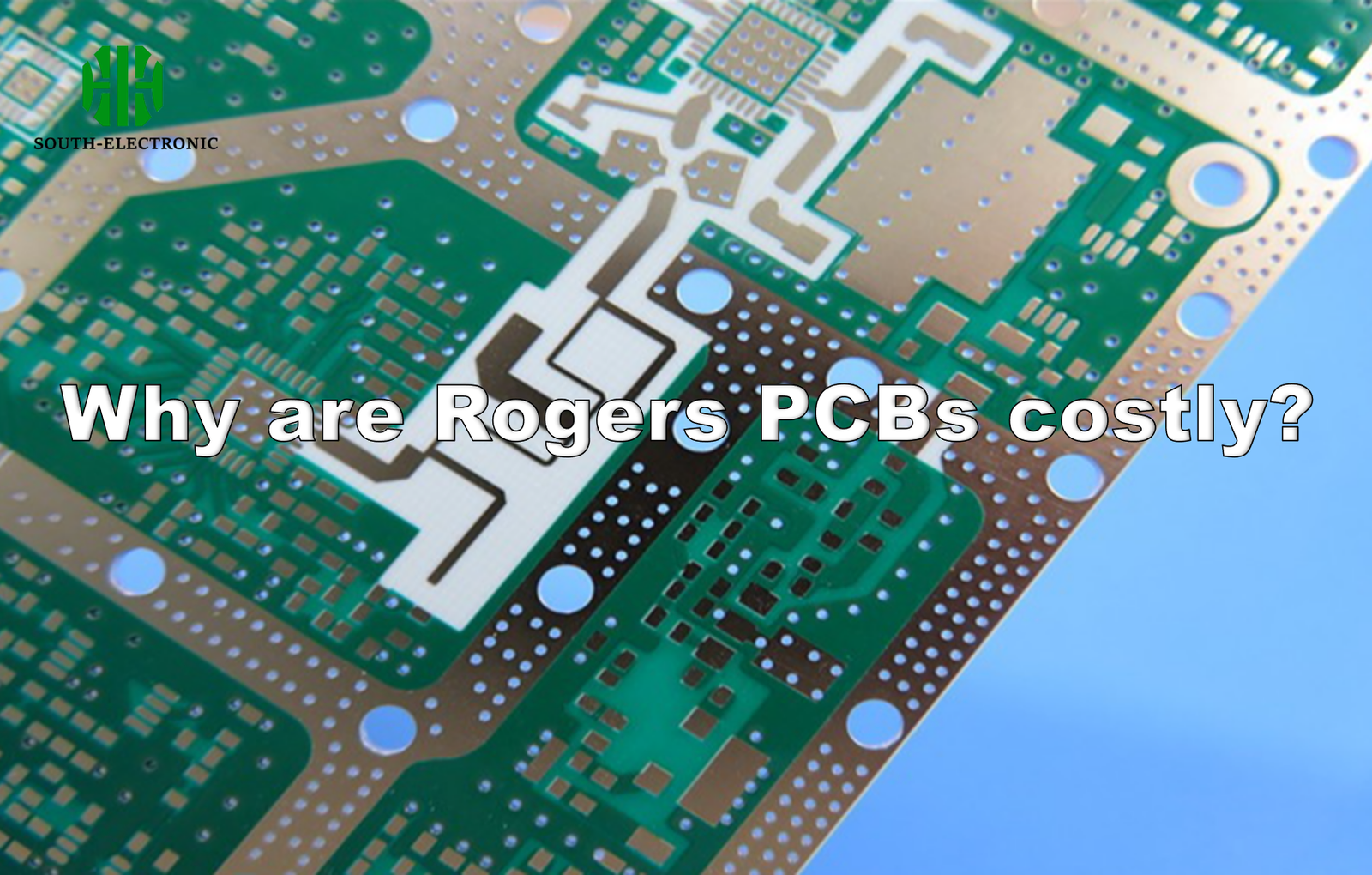Struggling with signal loss in your high-frequency designs? Frustrated by budget overruns when using specialty boards? Understanding Rogers PCB pricing prevents unexpected costs and project delays.
Rogers PCBs cost more due to advanced substrates like RO4000® series, complex manufacturing requiring strict impedance control (±5%), and specialized processing equipment. These materials outperform standard FR-4 in high-frequency applications but increase production expenses by 3-8x compared to conventional boards.

These factors create a perfect storm for higher pricing – let’s examine what drives these costs and how to navigate them effectively.
What are common Rogers material series?
Hitting dead ends with incompatible materials? Selecting suitable Rogers substrates avoids performance issues. Key series serve distinct technical needs.
Common Rogers PCB material series include RO4000® for RF/microwave, RT/duroid® for aerospace (low dielectric loss), and TMM® for thermal stability. RO4835™ balances cost and performance, while RO3000® suits high-frequency needs – all differing in rogers pcb thickness and Dk values.

Critical Differences Among Rogers Materials
Each Rogers PCB material has unique properties that determine ideal applications. Unlike generic FR-4 (covered in Rogers FR4 datasheet comparisons), these laminates offer precision-engineered characteristics.
| Property | RO4000® Series | RT/duroid® 5880 | TMM® Series |
|---|---|---|---|
| Dielectric Constant | 3.3-6.15 | 2.2 | 3.7-12 |
| Best Application | Automotive RADAR | Satellite Comms | Base Stations |
| Thermal Conductivity | Medium (0.6W) | Low (0.2W) | High (0.8W) |
| Price Premium vs FR4 | 4x | 8x | 6x |
The RT/duroid® 5880 substrate excels in aerospace with ultra-low signal loss but requires specialized pressing equipment. RO4350B™ dominates 5G infrastructure with consistent performance across temperature ranges. Material choices directly impact rogers pcb price since higher-performing substrates involve complex chemistry. For precise specifications, always consult the rogers pcb material datasheet.
What tests are essential for Rogers PCBs? What standards apply?
Getting unexpected RF failures after production? Rigorous testing prevents costly field malfunctions. Verification demands exceed standard PCBs.
Essential tests include impedance verification (IPC-2141A), thermal stress testing (288°C solder bath), and signal integrity analysis. Key standards are IPC-6012EM for high-frequency boards and MIL-PRF-31032 for defense applications – ensuring stability across environmental extremes.

Comprehensive Validation Protocol
Quality assurance for Rogers boards involves three-phase validation surpassing conventional checks:
Material Certification
Requires batch-level dielectric constant verification using clamped stripline tests. Suppliers must provide rogers substrate 5880 certifications confirming Dk tolerance within ±0.05. Moisture absorption tests follow IPC-TM-650 2.6.2 standards.
Impedance Control
Manufacturers perform TDR (Time Domain Reflectometry) testing on 100% of critical traces. Tolerances tighten to ±5% vs FR-4’s ±10%. This needs precise rogers pcb thickness control – variances over 2% cause impedance mismatches.
High-Frequency Validation
Insertion loss measurements using vector network analyzers up to 40GHz. Boards undergo temperature cycling (-55°C to +125°C) with continuous S-parameter monitoring to detect performance drift. Cross-sections verify plating quality in microvias.
These protocols add 15-25% to production costs but prevent field failures in mission-critical systems.
What to verify in a Rogers PCB supplier?
Choosing the wrong rogers pcb manufacturers risks project failure. Five critical factors separate qualified partners from risky vendors.
Verify their material handling certifications, impedance control capabilities (±5%), high-frequency testing equipment ownership, and industry-specific experience. Request references from clients with similar applications and confirm AS9100/ISO certifications for aerospace/medical projects.

Vendor Qualification Checklist
Selecting suppliers requires deeper investigation beyond basic quotes:
| Verification Area | Critical Questions | Red Flags |
|---|---|---|
| Material Expertise | Can they provide rogers fr4 datasheet comparisons? | Only works with RO4003™ |
| Process Controls | What impedance tolerance can they guarantee? | "Same as standard FR-4" |
| Equipment | Do they have TDR testers >20GHz? | Outsourcing impedance tests |
| Industry Compliance | Show IPC-6012EM implementation records | No certified process flows |
| Stability | How do they control rogers pcb thickness? | Manual layer stacking |
Reputable rogers pcb manufacturers maintain temperature-controlled material storage (20°C/30% RH) and batch-traceability systems. Demand production samples before large orders – conduct independent peel strength and thermal stress tests. Suppliers lacking substrate-specific lamination presses often compromise layer adhesion. Experienced partners discuss your rogers pcb price drivers transparently, not just offering the cheapest option.
Conclusion
Rogers PCBs justify their premium through superior high-frequency performance, though material costs and specialized manufacturing drive prices 3-8x above FR-4. Selecting verified suppliers ensures reliability.



